Behind closed doors: How US and Ukraine are shaping billion-dollar drone deal
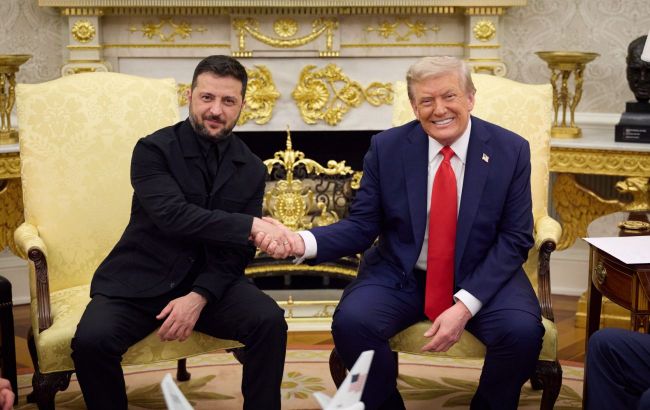 Volodymyr Zelenskyy and Donald Trump (photo: Getty Images)
Volodymyr Zelenskyy and Donald Trump (photo: Getty Images)
RBC-Ukraine analyzes how Ukraine and the US are preparing a major drone deal, what it could bring to both countries, and what obstacles there are, apart from dependence on Chinese components.
Key questions:
- What could the agreement offer Ukraine?
- Why does the US require Ukrainian drones?
- In what formats could Ukrainian-American cooperation occur?
- What could hinder the deal?
This week, a delegation from the US will arrive in Ukraine to continue negotiations on the Drone Deal between Kyiv and Washington. The deal involves the supply of Ukrainian drones in exchange for royalties and other forms of compensation.
According to Ukrainian President Volodymyr Zelenskyy, the drone deal should be part of a broader package of agreements. It includes a separate mega-deal under which Ukraine hopes to purchase tens of billions of dollars worth of weapons from the US. Against the backdrop of other agreements signed earlier, the drone deal should become another brick in the foundation of the strategic partnership between Ukraine and the US — not on paper, but in practice.
Quietly
The debate on drones has been ongoing for a long time. But direct negotiations intensified closer to the fall of this year, when it became clear that Ukrainian developments had practical value for the American military machine.
In early October, a delegation from Ukraine led by Deputy Minister of Defense Serhii Boiev visited Washington. Ukrainian officials demonstrated specific drone models, outlined their characteristics, and explained the conditions under which each system can be used.
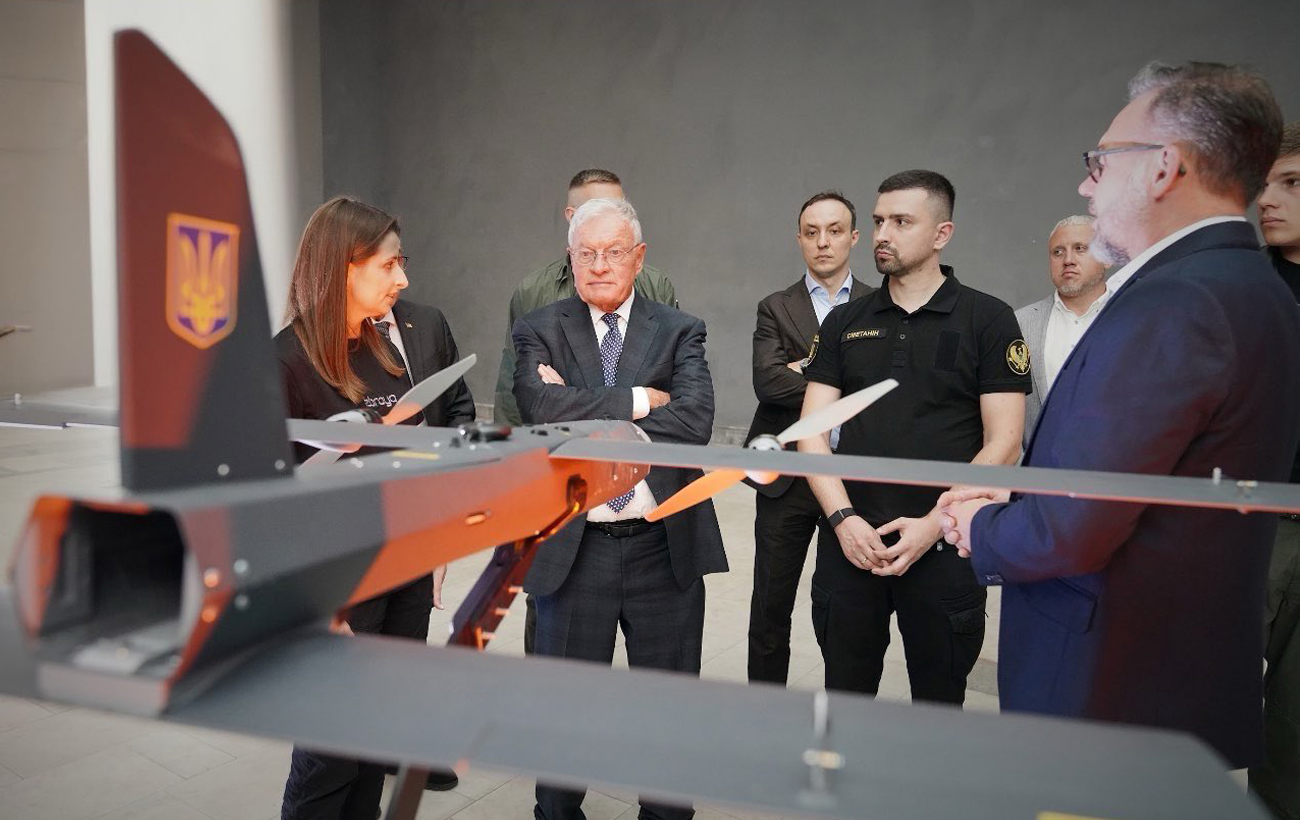 US Special Envoy Keith Kellogg with a Ukrainian drone (photo: social network x.com)
US Special Envoy Keith Kellogg with a Ukrainian drone (photo: social network x.com)
According to the Ukrainian Ministry of Defense, the American team noted Ukraine's expertise in the development of the drone industry, not only in the production of UAVs, but also in marine drones and ground-based robotic systems.
A US government representative told The Wall Street Journal that the conclusion of a detailed agreement, which could be worth billions of dollars, is likely to take several months. However, these deadlines are likely to be accelerated due to the growing strategic importance of this issue for both sides.
Why is deal important for America
The US has long been trying to keep up with modern trends in warfare, but not always successfully. Back in 2023, the Pentagon launched the Replicator initiative, aimed at rapidly increasing the number of unmanned systems in the US Army. Its main focus is on affordable and mass-produced models. The plan was to allocate $500 million to the program each year.
However, by August of this year, the goals had not been fully achieved—only hundreds of drones had been delivered instead of thousands. There were also problems with coordinating systems from different manufacturers and with cost. As a result, the program was restructured under a new division, the Defense Autonomous Warfare Group (DAWG), which is supposed to speed up field testing and eliminate technical obstacles.
"One of the main criteria for American drones manufactured for the needs of the armed forces is that they must be integrated with other systems. This is quite expensive – both the production itself and the subsequent payment for intellectual property in the US. Modern warfare has shown that mass-produced and cheap weapons now prevail on the front lines," Colonel Alexander Saeinko, commander of the 67th Brigade in 2022–2023 and former military attaché in France, told RBC-Ukraine.
According to the British analytical center Royal United Services Institute, drones cause 60-70% of the total damage to Russian equipment. Therefore, the US is interested in the low cost and mass production of Ukrainian products. And here Kyiv has obvious advantages.
According to StateWatch, Ukraine produced 1.7 million drones in 2024, compared to 415,000 in 2023 and only 1,200 in 2022. At the same time, American industry has significantly lower production volumes, with only 100,000 drones planned for this year.
From China to Mexico
The US has conducted many operations around the world in recent decades, but during the Trump era, America is trying not to get distracted by new wars (at least, according to the US President).
Instead, the Pentagon is focusing on confronting its main rival, China. In particular, this refers to a possible conflict in the South China Sea near the coast of the PRC and in the area of Taiwan. Relevant scenarios have been modeled for several years.
"The Chinese army is massive. Expensive weapons on both sides, God forbid, if this confrontation begins, will be used up within a few months. There will be a need to produce and use what can be made cheaply and in large quantities. That is why our solutions and know-how are interesting," emphasized Oleksandr Saienko.
Joint work with Ukraine in this area is already underway. This year, the Pentagon launched the Artemis initiative. Its goal is to create affordable, mass-produced platforms to counter threats in regions of potential conflict.
Two Ukrainian companies are among the first four companies selected for contracts. Their names are not disclosed for security reasons. However, the US Department of Defense has announced that it will work together with American software developers Swan and Auterion.
In mid-October, Auterion announced the successful testing of the Artemis ALM-20 long-range drone. According to The War Zone, combat testing was completed in Ukraine in October: ground launch, navigation with and without GPS, long-range transit, and ground operation. American evaluators confirmed its effectiveness, which allowed for scaling up.
This is not the only area where Ukrainian drones can be useful. According to Saienko, drones are also useful on the US-Mexico border, where American troops are stationed to combat illegal migration.
"At the strategic level, the Reaper (reconnaissance and strike UAV – ed.) can stay airborne for a whole day. At the level of individual border guards, a small group of patrols can use a cheap drone for situational awareness," Saienko explains.
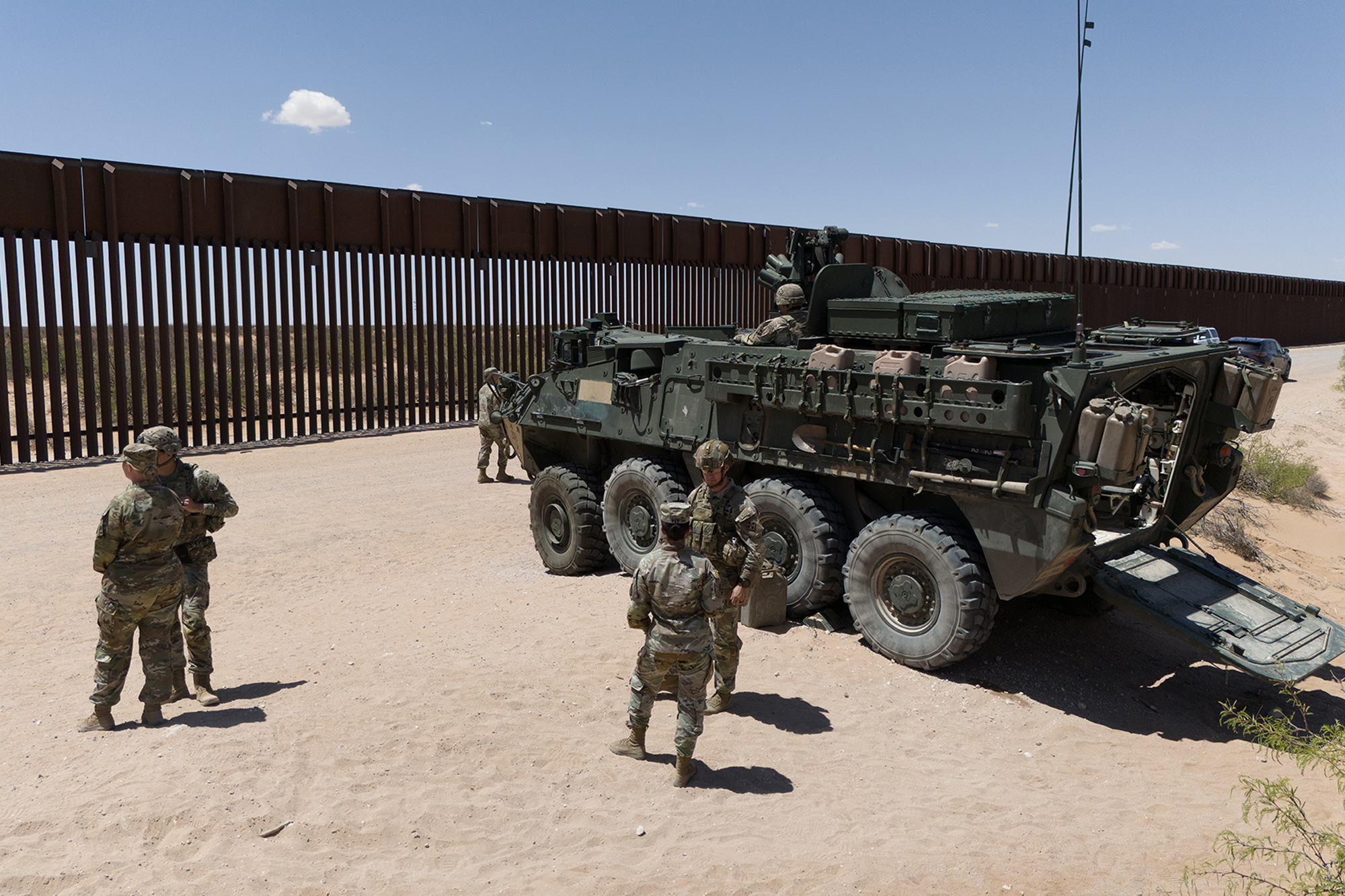 US military on the border with Mexico (photo: Getty Images)
US military on the border with Mexico (photo: Getty Images)
Another area is interceptor drones. They are important for protecting both military and civilian facilities. As Russian attacks on Europe this fall have shown, even a few UAVs can paralyze airports. These challenges will intensify during the World Cup, which will be held in the US, Canada, and Mexico next year, so the US needs solutions that already work.
Of course, the key advantage of Ukrainian drones is that they take into account the latest combat experience. Unlike American drones, which are mostly developed in test conditions, Ukrainian systems are constantly being tested in the course of the war.
Possible formats for cooperation
According to President Zelenskyy, Ukraine has offered the United States a five-year agreement worth $50 billion, which provides for the production of up to 10 million drones per year. Unlike traditional military aid, it is to operate on a commercial basis.
Sources at the Wall Street Journal report that the options include direct purchases in Ukraine, the creation of joint ventures in the US or other partner countries, licensing agreements for production, or the creation of subsidiaries of Ukrainian companies in the US. All these forms of cooperation have their pros and cons.
In the case of direct exports, the company creates jobs and supply chains within Ukraine. This stimulates not only the defense sector but also other sectors of the economy.
"When companies do not have these production capacities loaded, they may not have reservations or critical status, for example. So, of course, it is more profitable to export from Ukraine what you produce here, at your own facilities," Valerii Borovyk, chairman of the board of the New Energy of Ukraine Alliance and founder of the UAV manufacturer First Contact, says in a comment to RBC-Ukraine.
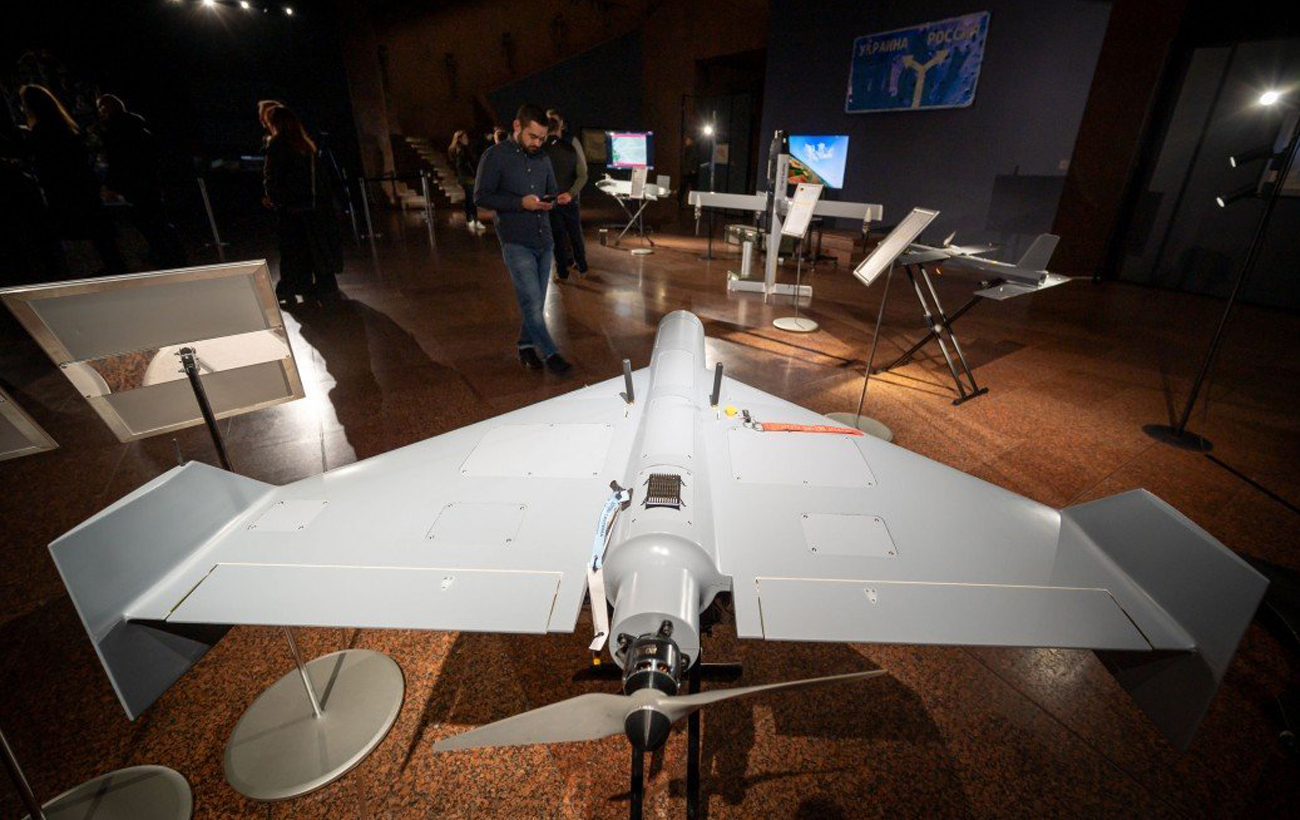 Without unnecessary noise. How Ukraine and the US are preparing a billion-dollar deal on drones ALM-20 drone (photo: Getty Images)
Without unnecessary noise. How Ukraine and the US are preparing a billion-dollar deal on drones ALM-20 drone (photo: Getty Images)
Rustem Umerov, Secretary of the National Security and Defense Council of Ukraine, recently explained what direct exports might look like in practice, although he did not single out the US as a separate direction.
According to him, the procedure will be as follows: if a company meets certain criteria for export approval and has excess production capacity that the Security and Defense Forces of Ukraine did not require, it can submit an export application to the State Export Control Service (SECS). Within 90 days, the SESC will verify all data and grant permission. At the same time, the needs of the front remain the highest priority.
"If the Armed Forces of Ukraine urgently need these weapons, the export permit may be suspended or revoked. The security and needs of the military always take precedence over any export contracts," Umerov noted.
Companies that are only involved in development without their own production have a different business model. Their subcontractors are directly involved in the assembly of products, so it is more interesting for such companies to simply sell a production license.
Intermediate options between direct export and production in another country, such as the creation of joint ventures, also have their own characteristics.
"In this scenario, you find a partner company that either has production facilities or, together with you, purchases these facilities, machines, and hires people. And you produce together. This is also an option, but it involves more headaches in another country," added Valerii Borovyk.
Main obstacles
At the same time, there are obstacles to supplying Ukrainian drones to the US. The key problem is the large-scale use of Chinese components. For national security reasons, the US will ban the purchase of drones with Chinese components from July 1 next year.
The US and Ukraine are considering measures to replace them to meet American standards. However, there are difficulties here. Even American companies are not always able to refuse components from China.
"The problem here is both price and volume. Who else but China can quickly supply products for drones in huge quantities? The critical components are cameras, chips, controllers, and electronics," Borovyk explained.
Manufacturers localize some components in Ukraine, although there is still room for improvement. At the same time, most companies can easily switch to American and European components.
"There is the question of cost. Most of our manufacturers are not doing this at the moment, as it would increase the cost of the product, and we already have state budget restrictions. Accordingly, the state will be able to buy even fewer drones if they cost more at cost," Kateryna Mykhalko, executive director of Technological Forces of Ukraine, explained.
According to her, the solution may lie in separate purchases of non-Chinese components at the expense of Ukraine's partners.
"If Western partners are willing to finance their components for Ukrainian drones, this is a good model. This is what we often propose, so that European and American governments support their own component manufacturers and, possibly, supply them at a discount or as part of aid, so that we have this technological cooperation," Mykhalko added.
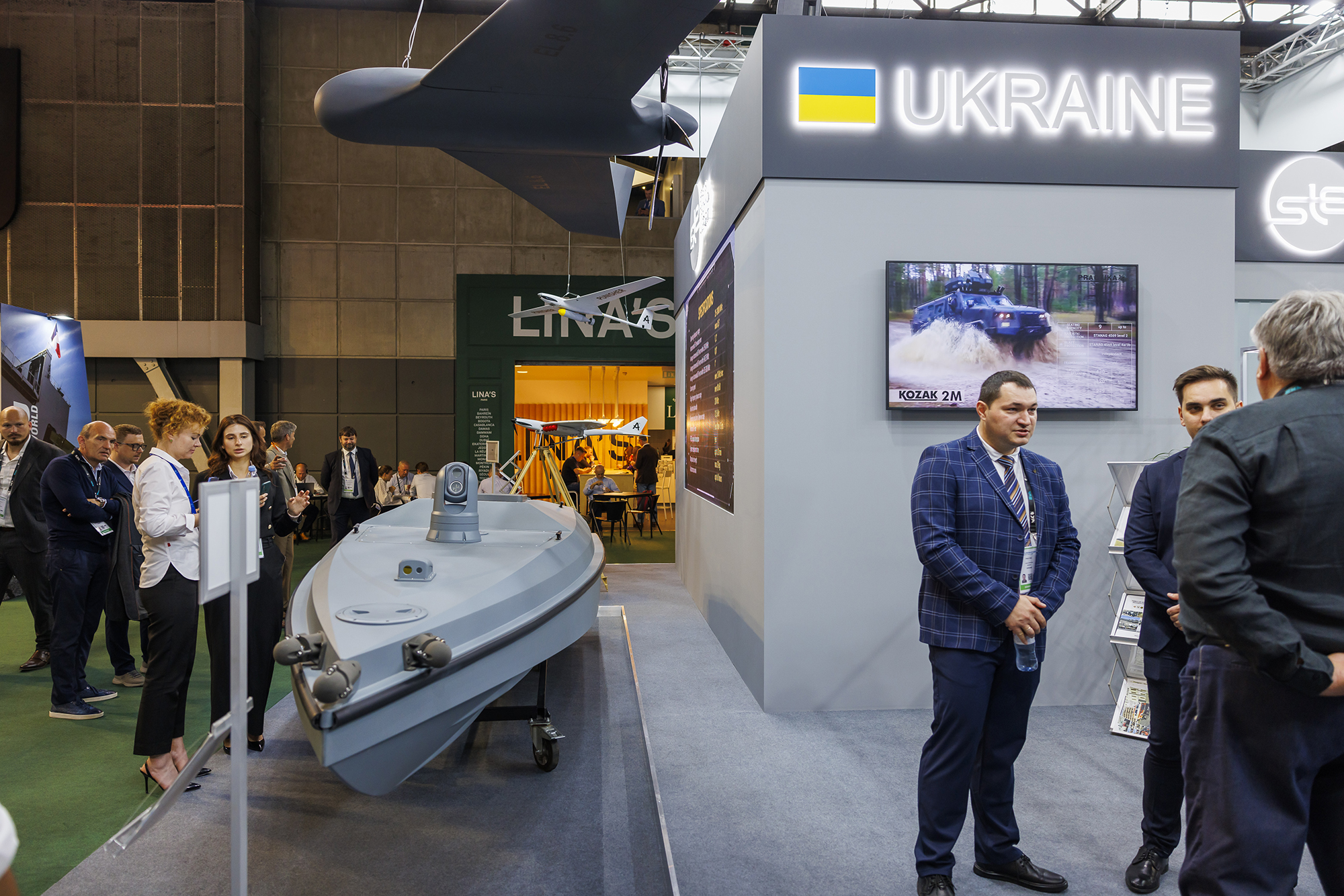 Ukrainian drones (photo: Getty Images)
Ukrainian drones (photo: Getty Images)
In addition to objective circumstances, there are a number of other factors that could complicate the partnership between Ukraine and the US. Oleksandr Saienko cited bureaucracy and corruption risks as negative factors that could also play a role.
"Western companies, especially American ones, are very meticulous about compliance with anti-corruption legislation. And any deviations from these norms on our part will not only negatively affect the image of a particular company, but also Ukraine as a whole," Saienko concluded.
Ultimately, by entering the US arms market, Ukrainian companies will immediately become competitors to American ones. This creates its own challenges, particularly concerning Ukraine's competitive advantages.
"That's why you need very strong lawyers who will protect your rights and draft the contract so that after the Americans see your technology, they don't say, 'We just took the idea, did it a little differently — it's not yours anymore,'" Borovyk concluded.
The drone deal, if concluded, is more than just a commercial transaction. It reflects a kind of shift in relations between the US and Ukraine, in which the less powerful state emerges as the innovator and the more powerful one as the student.
This, in turn, will signal the recognition by the American political elite that global defense competitiveness increasingly depends on the ability to quickly adapt and massively implement new technologies. And the more cumbersome American system can achieve this through a partnership with Ukraine.
However, the success of the agreement depends on solving truly complex problems. Replacing Chinese components, protecting the intellectual property of Ukrainian companies, and harmonizing production models will require not only coordinated efforts but also innovative solutions that go beyond traditional models of defense cooperation. However, if the US and Ukraine can overcome these obstacles, the agreement could serve as a model for the further development of a strong defense alliance.
Sources: Ukrainian President Volodymyr Zelenskyy, the Ukrainian Ministry of Defense, and the National Security and Defense Council of Ukraine, The War Zone, The Cipher Brief, Breaking Defense, Wall Street Journal, analytical data from StateWatch and RUSI, comments by Oleksandr Saienko, Valerii Dubovyk, and Kateryna Mykhalko.

